| Note: If you see this text you use a browser which does not support usual Web-standards. Therefore the design of Media Art Net will not display correctly. Contents are nevertheless provided. For greatest possible comfort and full functionality you should use one of the recommended browsers. |
![]() Editorial
Editorial
Media art can only be conveyed by multimedia![]() Rudolf Frieling
Rudolf Frieling ![]() Dieter Daniels
Dieter Daniels
«Media Art Net 1: An Overview of Media Art» is the first module published in the Net and is accompanied by this volume of text. This module will serve as a foundation for all later modules, and reacts at the same time to an additional paradox of mediation in the media: even those relevant websites that deal with media art still lacked up until now a comprehensive introduction to this subject. [more]![]()
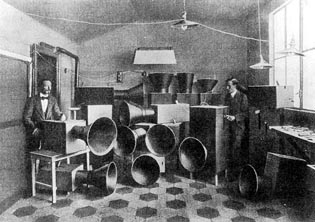 | Media → Art / Art → Media Forerunners of media art in the first half of the twentieth century The mutual influences between media and art have started long before the popularization of television. There were technical and conceptual forerunners of media art in the early twentieth century,and there was radio which almost exploded into being in the 1920s -all of this shows the power wielded by these distribution and production instruments. [more] |
Television-Art or anti-art? Conflict and cooperation between the avant-garde and the mass media in the 1960s and 1970s Television emerged and developed along tracks that had already been laid by the established mass media of film and radio. There was scarcely a phase when everything was open, allowing creative investigation to define the medium. In the following, three snapshots will provide examples of the developing relationship between art and television over three decades. [more] | 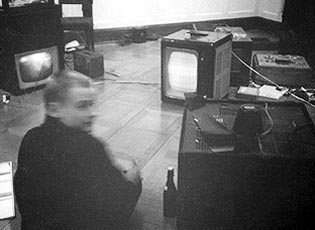 |
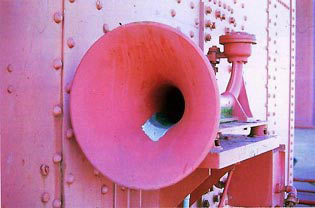 | Audio Art The three basic media techniques of transmission, storage and synthesis have helped to define artistic strategies dealing with sounds which go beyond the traditional notion of music and ask for a new terminology. [more] |
Reality/Mediality Hybrid Processes Between Art and Life This essay deals with a broad spectrum of hybrid processes between art and life. Its examination of the concepts underlying Happening, Action and Performance art focuses on the question about the body-about the body along with its media interconnections as a field of both private and public action. [more] | 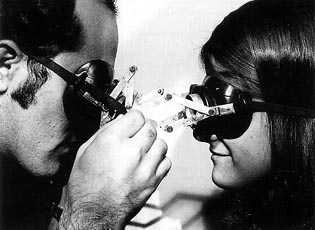 |
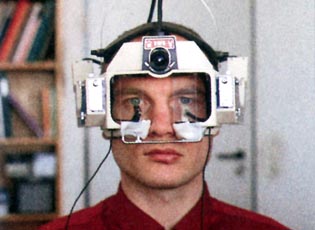 | Technological Constructions of Space-Time Aspects of Perception With the development of technical media of representation, these media also simultaneously moved into the scope of artistic debates. The use of audiovisual media and new communication technologies has introduced numerous new aspects to the conceptual and aesthetic engagement with questions of perception. [more] |
Social Technologies Deconstruction, subversion, and the utopia of democratic communication This text explores the assumption that in a society increasingly influenced by media, an (artistic) change of media content or media structures can contribute significantly to democratizing society. The title, «Social Technologies,» is an attempt to pin down the ambivalent meaning of «(new) media» or «(new) technologies» as addressed by artists working with these media or technologies. [more] | 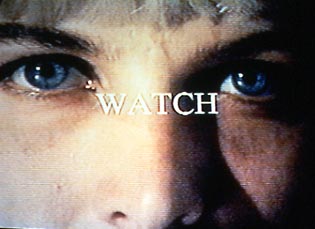 |
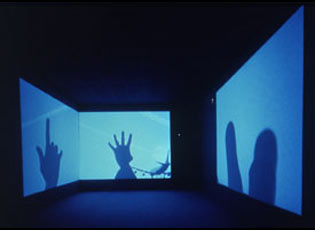 | Virtual Narrations From the crisis of storytelling to new narration as mental potentiality Despite all of the intervening caesuras and interruptions, narration as a cultural practice seems to have experienced a virtual Renaissance at the end of the twentieth century. Strikingly, this can be felt with particular intensity in the electronic media. [more] |
Immersion and Interaction From Circular Frescoes to Interactive Image Spaces Digital art is open, transient, interdisciplinary, multimedia, processual, discursive, concept- and context-dependent, and, in addition, is increasingly oriented toward interaction with the recipient. Within the evolving art genres, virtual art has begun to further dismantle the traditional tableau; this time, in favor of a processual model of art. [more] | 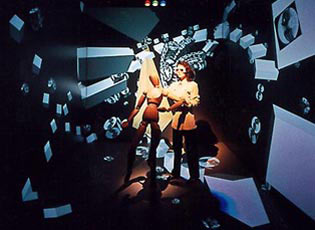 |
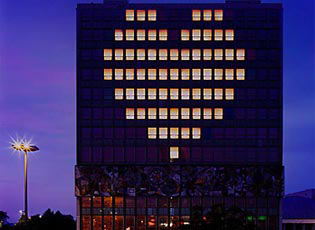 | Interaction, Participation, Networking: Art and Telecommunication The following description concentrates less on media-oriented or technical conceptions of interactivity than on those projects conducted from the 1960s onward that highlighted the idea of social, gregarious interaction. [more] |
Form Follows Format Tensions, Museums, Media Technology, and Media Art The question of «formatting» and the devices for recording, saving, distribution, and presentation, with which artists continue to be confronted, provoke this aphorism from Kittler: «The typewriter writes, too.» [more] | 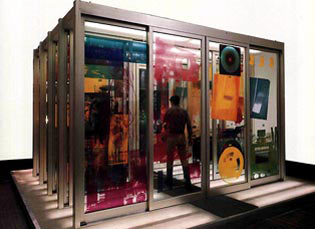 |
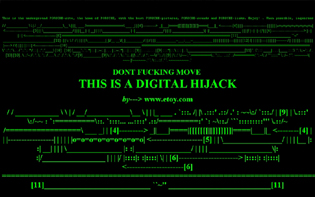 | Milestones of Media-Art To make embarking on an involvement with the contents of formal and artistic parameters of media art more effective, we have selected a series of works representing the various approaches and ‹types› of media art. This panorama embracing historic and newer works of an exemplary character is not meant, however, to form a canon. Their quality as «milestones» is rather defined by the fact that these works offer themselves in a unique way to an online multimedia representation. [more] |